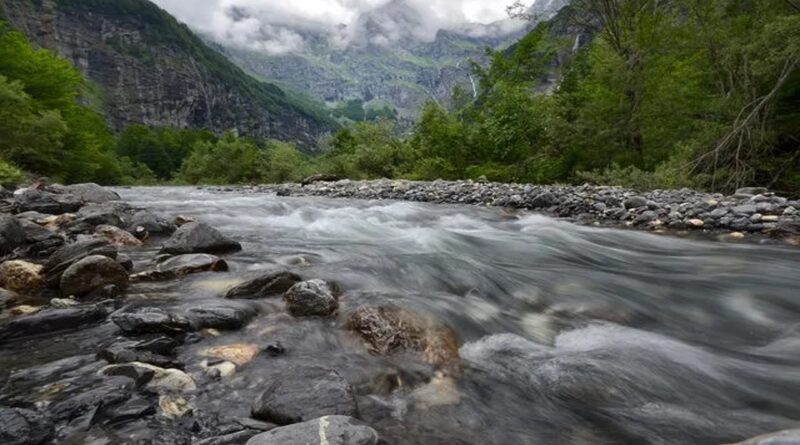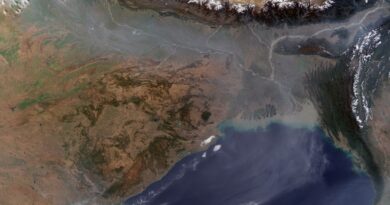Comparison Between Himalayan and Peninsular Rivers
Difference between the rivers rising in the Himalayas and those rising in the Peninsular plateau are primarily a result of the differences between the two areas in terms of relief and climate.
Following table shows major differences between these two groups.
| S.N. | Aspects | Himalayan River | Peninsular River |
| 1. | Place of Origin | Himalayan mountain covered with glaciers | Peninsular plateau and central highland |
| 2. | Nature of flow | Perennial | Ephemeral |
| 3. | Type of drainage | Antecedent and Consequent leading to dendritic pattern | Super imposed, rejuvenated resulting in trellis, radial and rectangular Patterns |
| 4. | Nature of river | Long course, flowing through the rugged mountains experiencing headward erosion and river capturing; In plains meandering and shifting of Course; | Smaller, fixed course with welladjusted valleys; |
| 5. | Catchment area | Very large basins | Relatively smaller basin |
| 6. | Age of the river | Young, active and deepening of valley | Old rivers with graded profile and lateral erosion |
| 7. | Irrigation | Flows through plains and canal system | Flows over uneven plateau; canals only in deltaic region |
| 8. | Hydroelectricity | Eastern region has very high potential and large dams are building up | Natural waterfalls for generating electricity. |
The Peninsular drainage system is older than the Himalayan one. This is evident from the broad, largely-graded shallow valleys, and the maturity of the rivers. Rivers follow the relief pattern of the plateau. Except for the rivers flowing through fault valleys, the slope of all rivers is very gentle.





